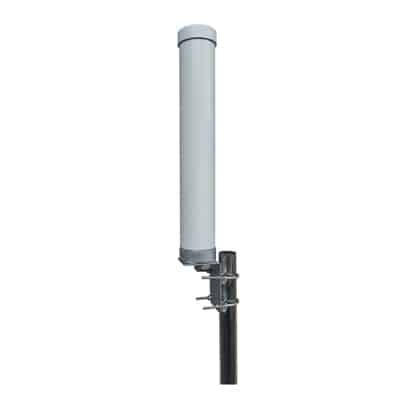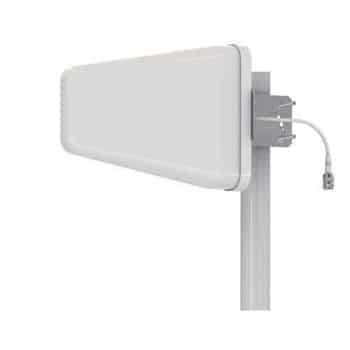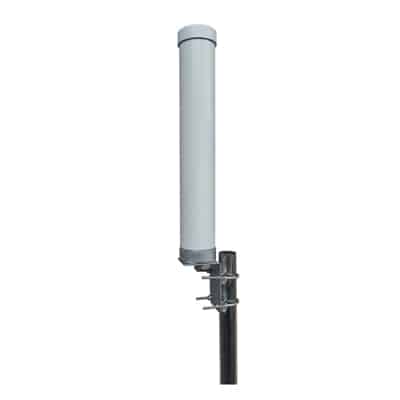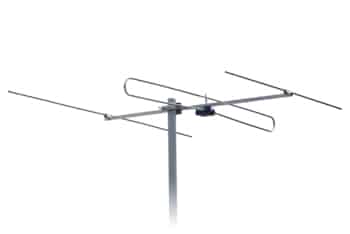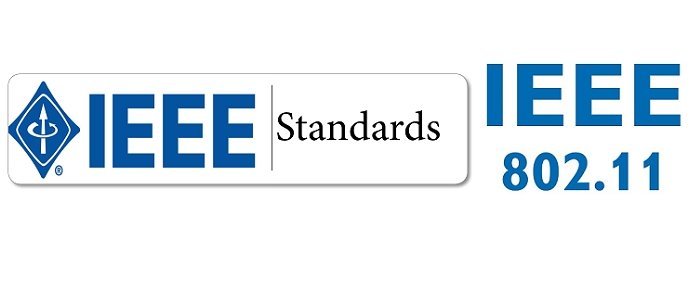
Wireless technology is constantly growing. As the wireless technology is upgraded new standards and new variants of Wi-Fi have been developed. These new standards are developed in order to accommodate the high speed of the internet and it also enhances the performance. The IEEE 802.11 standard contains a lot of advanced technologies that have been developed in the recent year in the field of the wireless network. It’s very difficult to understand wireless technology. But The IEEE 802.11 Wi-Fi standard makes it easy to understand the wireless technology. To further understand the variations between each IEEE standard, use IEEE 802.11 Wi-Fi standards.
Table of Contents
ToggleWhy Is IEEE 802.11 Important?
Wireless devices follow the same etiquette and politeness standards that individuals do while communicating with others. All the wireless devices follow the IEEE 802.11 standard in order to communicate with the other wireless device. All these Wi-Fi standards were created by the Institute of Electrical and Electronics Engineers. The main focus of these standards is to create a better experience for the user who uses wireless devices. The new naming scheme of the Wi-Fi standard helps the vendor to easily understand the standard that their device support. Additionally, it is beneficial for users to know which devices are compatible with each standard and for the internet service provider it’s easy to describe the features that their network offers. Now Wi-Fi is not represented by complex strings or letters. The new Naming scheme of the Wi-Fi is represented by the Wi-Fi followed by its generation. The Sixth generation of Wi-Fi is now represented as Wi-Fi 6. WiFi 6 follows the IEEE standard 802.11ax.
What are the Different Standards of 802.11?
In recent years, a lot of different standards are developed in order to cover the gap in the present technology. The new standards were also developed for the new wireless technology like the (Mimo Antennas) that have been deployed in the few years. The main purpose of the new standard is to improve the security, and range and also increase the internet speed over wireless technology.
Here is the list of Different standards of the 802.11:
1. IEEE 802.11:
The First Wlan standard (IEEE 802.11) was developed in 1997. This standard uses the 2.4 GHz ISM band in order to deliver the data. The maximum speed supported by this standard is 2Mbps. If we compare this speed with today this speed is too low and takes a longer time to download things and it would be more difficult to stream, play online games, and make group video chats on this internet speed.
2. IEEE 802.11a
This is the second WLAN standard that was developed in 1999. This standard is also represented as Wi-Fi 2. This standard uses the 5GHz frequency band in order to deliver the data. Wi-Fi 2 delivers more data than the previous standard because it supports the large value of the frequency but has a short range. OFDM technology was introduced in Wi-Fi 2. OFDM technology uses the digital modulation method which encodes the data on a different value of the frequency. The maximum speed supported by this standard is 54Mbps. It represented a significant advancement over the original Wi-Fi protocol. Wifi2 is mostly used in Business networks. Additionally, because 802.11a used the 5 GHz range, the products were more expensive.
What can Tesswave do for you?
Tesswave provide 100+ antenna products and you can contact us for antenna customized solutions, get in touch with us today to get a Free quote.
Get an Instant Quote
Get a FREE quote and we will contact you within an hour
3. IEEE 802.11b
This is the third Wlan standard that was also developed in 1999. This standard is also represented as Wi-Fi 1. This standard uses the 2.4 GHz of the frequency band in order to deliver the data. DSSS (Direct sequence spread spectrum) Technology was introduced in Wi-Fi 1. Wifi1 delivers data at a slower rate. The maximum speed supported by this standard is 11Mbps. AS the Wifi1 uses only 2.4GHz of frequency band so this is cheaper than the 802.11a. Furthermore, because 802.11b and 802.11a products use different frequency bands, they are incompatible with one another. The wireless adapter inside an 802.11b computer will not register an 802.11a access point (AP), and vice versa, therefore they cannot communicate with one other.
4. IEEE 802.11g
This is the fourth WLAN standard that was developed in 2003. The main purpose of this standard was to support the higher data rates under the 2.4 GHz of the frequency band. The developer creates the 802.11g based on 802.11a and 802.11b. This standard is also represented as Wi-Fi 3. The maximum speed supported by this standard is 54Mbps by using the 2.4 GHz of the frequency band. Wi-Fi 3 also supports Wi-Fi 2-based devices.
5. IEEE 802.11n
This is the fifth WLAN standard that was developed in 2009. This standard improves the internet of speed over the wireless, extends the range of the wireless connection, and also improves reliability. This standard is also represented as Wi-Fi 4. The first time Mimo technology was introduced in Wi-Fi 4. It was the first standard that operate on both 2.4GHz and 5GHz dual frequency bands. The 802.11n standard is compatible with 802.11a/b/g devices because it uses both frequency bands. Thanks to the mimo technology, the dual band wifi router with dual band wifi antenna supported by this standard enable maximum speed up to 600Mbps and has a wireless range up to 230 ft.
6. IEEE 802.11ac:
This is the sixth WLAN standard that was developed in 2013. This standard is also represented as a Wi-Fi 5. First time Mu Mimo technology was introduced in the Wi-Fi 5. To boost data transfer, even more, Wireless-N MIMO technology was used in Wi-Fi 5. By enabling simultaneous transmission to numerous devices, Wi-Fi 5 uses the DL MU-MIMO in the wireless routers to increase bandwidth and decrease latency. Wi-Fi 5 also works with the different types of Mimo antennas like directional and Omnidirectional antennas. The maximum speed supported by this standard is 450Mbps.
7. IEEE 802.11ax:
This is the newest Wi-Fi standard that was developed in 2019. This standard is also represented as Wi-Fi 6, it delivers data at a faster speed and supports multiple devices at one time because it uses the MiMo technology. WiFi 6 also uses WiFi antennas that works in 2.4GHz and 5GHz frequency band in order to deliver the data. Wifi6 increases security, reduces latency, and increases bandwidth. Now you have known about Wi-Fi 6, i am believe you are also interested in WiFi 6E. WiFi 6E builds on the existing WiFi 6 802.11ax standard, it provides all the cutting-edge features of Wi-Fi 6, in addition, WiFi 6E allows the use of the new 6GHz frequency band, access to a empty and brand new frequency band means wider bandwidth channels and faster speed, our WiFi 6E antenna support 2.4/5GHz and the addition of a 6GHz band.
Conclusion
The IEEE and its working groups are developing new Wi-Fi standards in addition to those mentioned above. These will guarantee that the technology improves in accordance with market demands. The IEEE 802.11g, 802.11n, IEEE 802.11ac, and other network carrier protocols may be the most well-known, they are all connected by the same fundamental 802.11 technology. The list above demonstrates how many 802.11 standards handle issues that are common to all Wi-Fi systems. Building a stable environment for the development and use of Wi-Fi technology requires factors like security, quality of service, authentication, and others that are significant and necessary.

